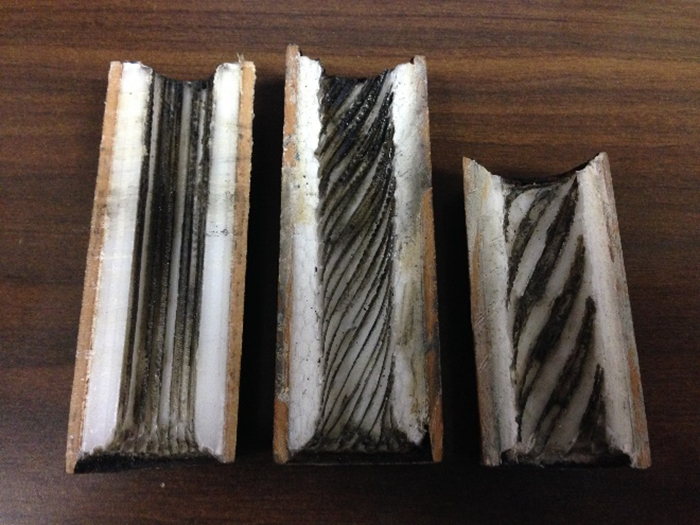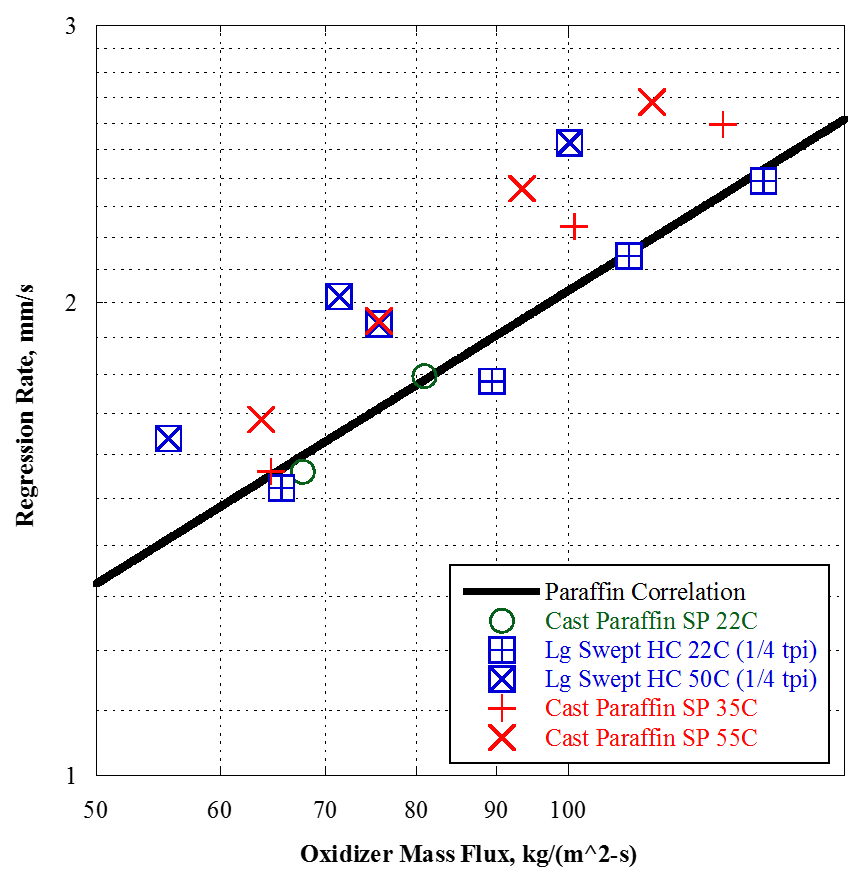High Pressure Combustion Lab
Dr. Richard Yetter, Director
104 Research Building East
University Park, PA 16802
Phone: (814) 863-6375
Email: ray8@psu.edu
Dr. Eric Boyer, Assistant Director
High Pressure Combustion Lab
University Park, PA 16802
Phone: (814) 863-2264
Email: jeb19@psu.edu
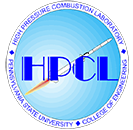
Current and Recent Research
In the sections below are brief descriptions of current and recently conducted research programs at the HPCL. In general, research at the HPCL has been conducted over a number of years in the areas of ...
- solid-propellant rockets for space exploration and defense applications
- hybrid rockets for space exploration and defense applications
- characterization of liquid or gel rocket propellant combustion behavior
- enhancement of industrial safety operation by investigating the reasons for hazard occurrence and/or characterization of the flammability limits of energetic materials
- development of new energetic materials containing micron-sized and/or nano-sized particles
- characterization of the ballistic behavior of propellants or pyrotechnic materials under realistic gun operating conditions
- fundamental research of combustion processes of homogeneous and heterogeneous energetic materials
- model simulation of numerous energetic materials combustion and ignition behavior of the above systems
Characterization of the Chemical Reaction of Aluminum Oxide and Carbon Under Realistic SRM Conditions
Full-scale large solid rocket motor (SRM) test firings have shown anomalously high material removal rates in certain regions of the submerged nozzle and internal insulation near the aft end of the motor. This enhanced erosion appears to be associated with areas of significant Al/Al2O3 particle impact or slag accumulation. In addition to relatively well-understood erosion mechanisms of mechanical impact and thermochemical erosion by gas-phase oxidizing species, such as OH, H2O, and CO2, it has been postulated that increased erosion rates could be partially created by reaction between the Al/Al2O3 and carbon in the nozzle or insulation materials. The extent and effectiveness of this interaction is not known at the present, and therefore is not included in any existing nozzle erosion models. In response to this need for better understanding and data acquisition on these phenomena, the overall research program is intended to better identify and characterize the potential Al/Al2O3/carbon interactions that could be active in an SRM environment, especially on nozzle and insulation materials in the aft-end region.
Utilized a high-power CO2 laser to heat a graphite crucible containing Al or Al2O3. Heating was conducted within a low-pressure chamber filled with inert gas or CO near 1atm. Temperatures on the order of 2,500K were examined in this environment under realistic heat fluxes. Residue in post-heated samples were characterized by XRD.
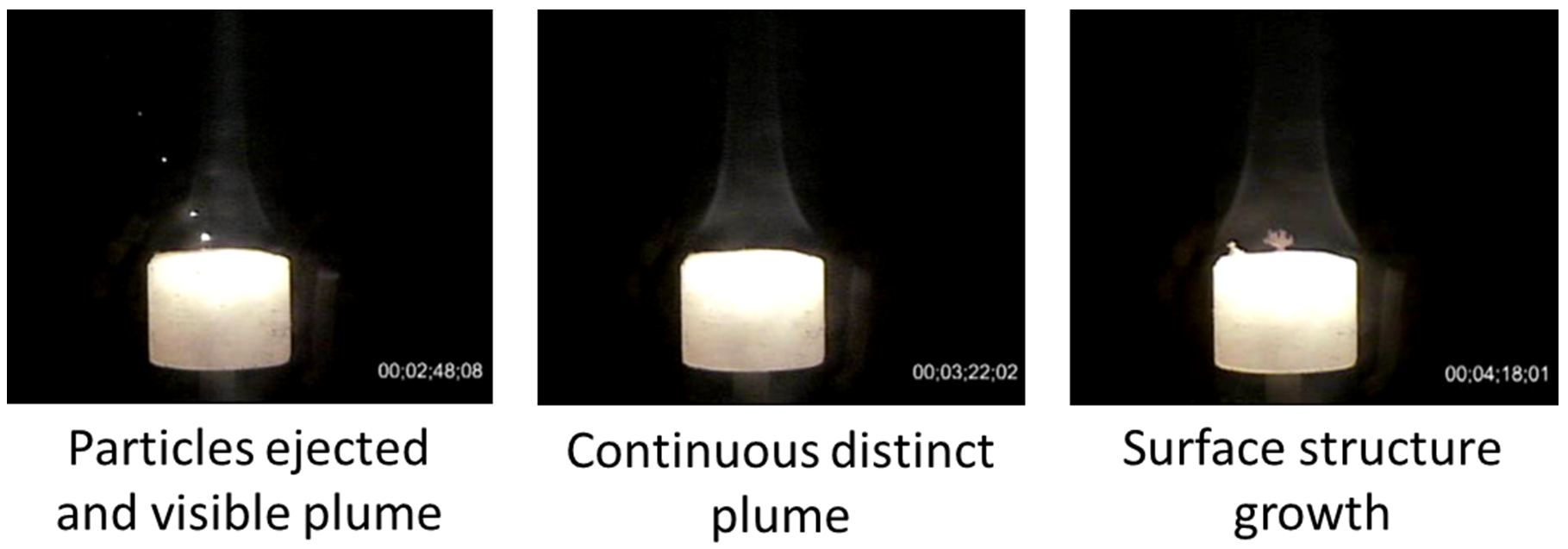
Development of an Advanced Hybrid Rocket Motor Propulsion Unit for CubeSats (PUC)
Most current CubeSat propulsion techniques utilize cold gas thrusters with low Isp (80s for GN2). Current large scale satellite technology uses chemical propulsion based on toxic hydrazine for mono and bipropellant thrusters. These are not suitable to CubeSats. This is due to CubeSats generally not being the main payload on a flight. Secondary payloads are generally precluded from using hazardous material to protect the main payload. This research program with the Aerospace Corporation will demonstrate a novel propulsion unit that utilizes a hybrid rocket motor. Hybrid rocket motors are an attractive bipropellant for use with CubeSats because unlike solid rocket motors, hybrid motors are not necessarily single-use thrusters and might be used for small time duration thrust events like those needed for station-keeping or orientation control when a suitable igniter system is employed. They also can be used in longer duration burns for deorbit maneuvers or orbit insertion. Since one of the two propellants is a solid material they have much greater simplicity and lower weight considerations than bipropellant options using all liquid propellants.
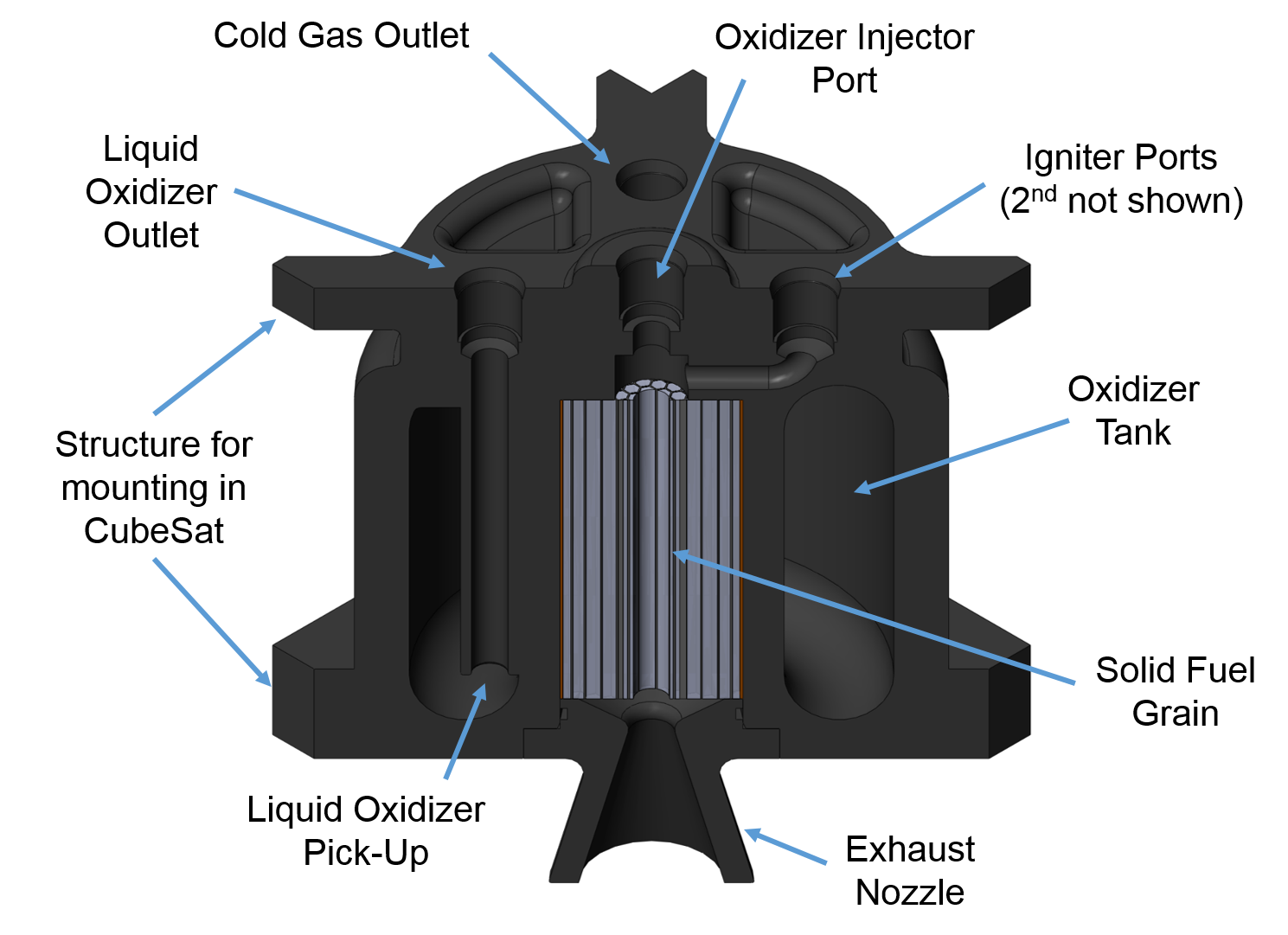
Examination of 3D-printed Solid Fuels for Hybrid Rocket Motor Application
Rapid Prototyping of polymers has evolved to the point where it can be applied to fabricate hybrid rocket fuel grains. Intricate grain designs with complex port geometry can be made with increased surface area and with no additional machining cost. Several samples of either printed pure acrylic, printed heterogeneous paraffin/acrylic matrix, or cast paraffin grains were provided by collaborators at the Aerospace Corporation and have been tested in the Long Grain Center Perforated (LGCP) hybrid rocket motor at Penn State's HPCL. These solid fuel grains exhibit either a star-swirl or protruding vane turbulator center port design. Due to the complexity of these shapes, post-burn regression analysis for star-swirl type geometry was performed using SolidWorks CAD software to match a computer model to the actual burn profile. Regression rate increases of over 270% were noted in 1/2-tpi star-swirl acrylic samples. Cast paraffin containing 20% aluminum with a printed 1/4-tpi turbulator insert has been shown to increase regression rate by over 70% and demonstrates the ability to incorporate energetic additives while still applying swirl-inducing geometry. An oxidizer swirl injector system for the LGCP hybrid rocket motor has been designed and fabricated; the 45-degree injector head provided over 180 % increase in regression rate for straight-port cast paraffin fuel grains in comparison to straight-port axial injection. Using the same swirl injector configuration with straight-port printed paraffin/acrylic samples provides minimal improvement, likely due to the flow-straightening effect and boundary layer disruption of the acrylic support material. Overall, these tests provide a better understanding of the capabilities of rapid prototyping for application to future hybrid fuel grains. They also demonstrate the potential of hybrid rockets for small-scale thrusters by overcoming some of the limitations associated with solid-fuel regression rate.
